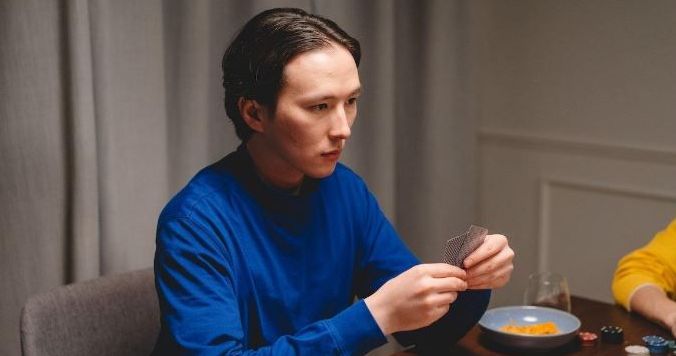
Cool Stuff | Shared | Life | Pop Culture
The Art of Bluffing: Best Strategies for Making Money Playing Poker

Poker is a game of skill and luck, and some people have mastered the art of bluffing to make money playing this popular card game. Bluffing involves deceiving your opponents by hiding the true strength of your hand or pretending you have a better hand than what you actually hold. It can be used as both an offensive and defensive strategy during poker games, and if done correctly it can give players an edge over their opponents.
For those who want to learn how to use bluffing successfully in poker games, there are several strategies that can help improve one’s ability to deceive others at the table. These techniques involve reading body language, understanding betting patterns, recognizing tells from other players, disguising one’s own behavior, and more.
In this article, we will discuss some of the best strategies for making money playing poker through bluffing.
Pay Close Attention to the Body Language
One strategy to help improve one’s ability to bluff is to pay close attention to the body language of other players and look for signs that they may be bluffing. This can include looking for physical tells such as shuffling chips or covering their mouth when they are speaking, which may be indicators that the player is trying to conceal something.
Similarly, listening carefully for verbal cues is also important as players can sometimes give away information through their speech. In poker, it is important to use all available information and clues to figure out the strength of your opponents’ hands as well as their bluffing tendencies.
Recognizing Betting Patterns from Other Players
Another bluffing strategy involves recognizing betting patterns from other players and using this knowledge to one’s advantage. Paying attention to how opponents bet in different situations can help reveal what kind of hands they are holding and whether or not they are bluffing. This knowledge can then be used to deceive them by making a wager based on what you think they have. This method requires careful observation of the other players and an understanding of how they play and is also mentioned in the movie Rounders.
Disguising One’s Own Behavior
It is also important to disguise one’s own behavior in order to successfully bluff. This includes avoiding any sort of physical tells that may give away one’s true intentions, such as covering the mouth or fidgeting with chips. Additionally, it is also important to vary one’s betting patterns and not make the same bet every time.
Another way to disguise one’s behavior is to use “tells that aren't tells.” This involves creating false information by making a bet or comment that appears to be a tell but is actually meant to deceive the opponents. For example, one could make a remark about being tired or about the strength of their hand that is meant to throw the opponents off.
Raise the Stakes When One Has a Strong Hand
Another strategy for bluffing that is often overlooked is to raise the stakes when one has a strong hand. This can be done by making a larger bet than usual or by checking and then raising when the opponent bets. This can give the impression that one is bluffing and make opponents think twice about their decision. This strategy can be especially effective when used in conjunction with other bluffing techniques, such as disguising one’s behavior or recognizing betting patterns.
The Art of Misdirection
This one is a retro technique, but it still works. The idea here is to make it appear as if you are doing something that you are not actually doing. This can be extremely effective when used in conjunction with the other strategies outlined here.
For instance, one could make a bet that appears to be a bluff, but then switch to a more aggressive strategy when the opponents believe that they have been fooled. Misdirection can also be used to hide one’s strength when one has a strong